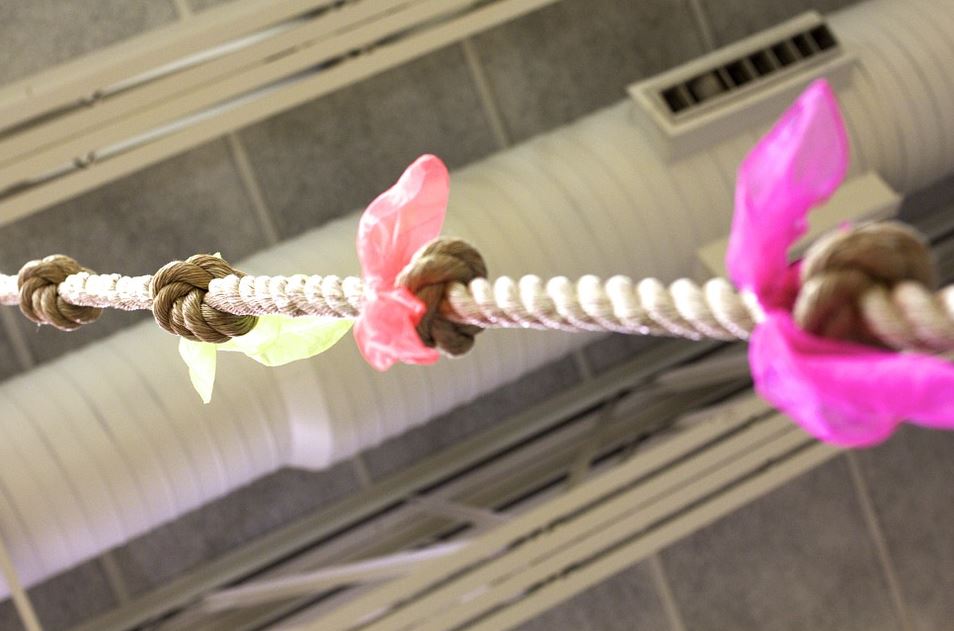
If you’ve never climbed a rope before and it's something that you really want to master, then we have some fantastic tips and advice that you need to know about...
Rope climbing is a skill and also a challenge that requires certain techniques and practice to get your mind and body around. Not only is rope climbing a brilliant addition to any routine workout, but it's also a great functional skill; building your core, strengthening your arms, back and even your ability to grip - it's really fun, we also have to mention!
First things first, get yourself a rope...
There are a couple of options available and the first type we would recommend is Manila rope like our Exercise Battle Rope. Natural Manila rope is strong, highly versatile and also exceptionally durable and versatile, suited to a multitude of exercises and muscle building routines.
Another great choice would be to make your own fast rope. This will help you gain practise with tying knots, saving you money, creating a rope that will last much longer than a natural rope.
Whilst upper body strength is extremely important for rope climbing, so is using your feet correctly. There a few different techniques you could try...
The Gym Class Lock
Probably the simplest way and one most of us did at school during our PE lessons but it is actually the least effective because it requires the most upper body strength.
The gym class lock requires you to press your feet together to grip the rope between them and push up to allow your hands to reach higher sections of the rope.
The Basic Wrap and Lock
Probably the most popular method. It’s easy enough to do and not too difficult to redo if you happen to lose the rope on the way up. It’s a quick method, allowing you to brake and really involves your legs. Here your feet do a lot of the work, making a ledge/loop for one foot to step into whilst the other holds it steady.
The Stomp and Stand Wrap and Lock
This technique uses less upper body strength because you shouldn’t lose the rope. Here you will wrap your dominant leg in front and then behind the rope so that the rope goes behind your thigh and then in front of your shin and on top of your foot. As you tuck your knees up to progress further up the rope, it should stay in position.
Top tip: if you decide to use this technique it’s advisable to wear long bottoms not shorts to avoid rope rub.
Thicker Rope Climb
We’d recommend a rope with a diameter of 1.5” - 2” for this one. You can make any of the above climbing variations more challenging by introducing a thicker rope. This technique will enhance your grip strength which in turn will make other rope climbing methods easier and you will be able to lift more.
Remember: you are only as strong as your grip!
Top Tips for Beginners
If the above methods are more than you are physically capable of, start slow, there’s no rush. Introduce the rope to your general exercise routine and use it to help build your upper body strength. You could use it to do pull-ups, or if you have a pull up bar, throw a towel over it and use that instead. It will work all of the same muscles. If you want to improve your technique, simply get on the rope and practise locking it in with your feet without climbing up.
For the Advanced Climbers
Climbing without legs and feet will give an intense forearm, bicep and back workout. It challenges your grip strength and determination. You could try this using two side by side ropes or do this from an ‘L’ shaped sitting position.
There are so many rope climbing variations to consider that it’s worth doing a bit of research or seeking advice from a trained professional. Whether you are wanting to improve your upper body strength or are considering an obstacle course or mud run that features ropes, we are sure that our tips will see you through it.